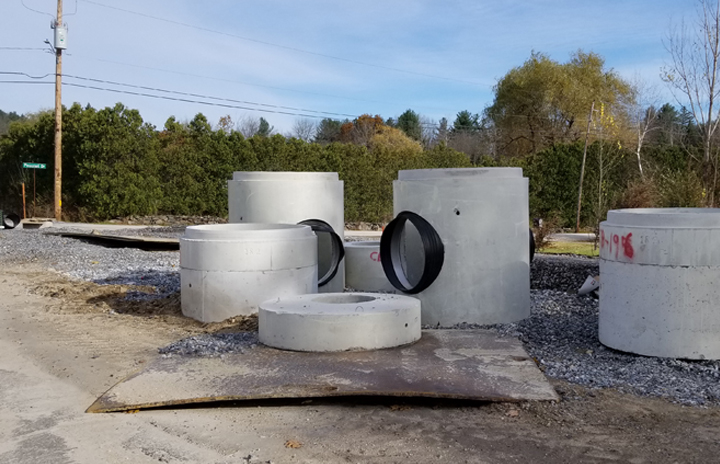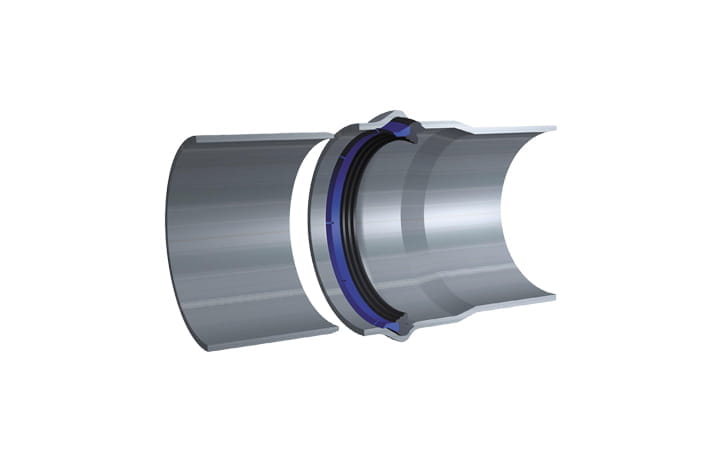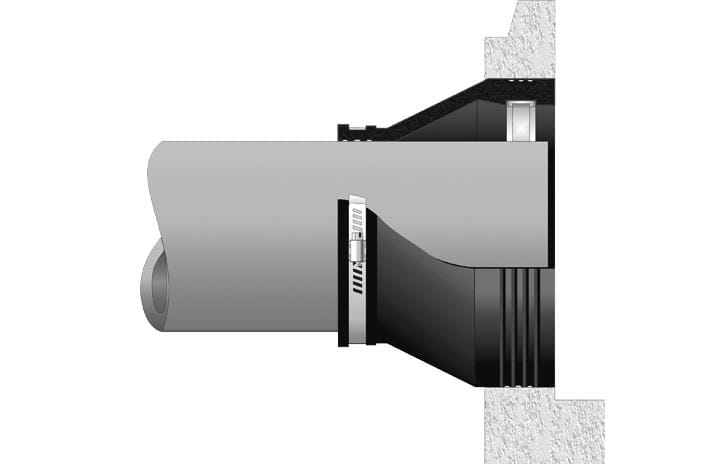Not Shook up

When the Kobe earthquake hit Japan in 1995, it claimed more than 6,000 lives, and the devastation to infrastructure including underground pipelines was widespread.
But while most conventional connector seals failed, those manufactured by Trelleborg remained intact.
Text Birgitte van den Muyzenberg / photo IPLEX NZ
Pipe seal solutions for areas with seismic activity
When a major seismic event occurs, the tremors and aftershock can be devastating to the communities and infrastructure all around. Fully functional underground pipeline systems are a cornerstone of the modern urban human community, carrying fresh water for drinking and washing, and channeling away both stormwater and sewage. If pipes buckle or burst, the damage can cause critical disruption to society and present a significant danger to public health.
Seismic activity is among the most damaging hazards to buried pipelines. This is particularly the case with shallow seismic events, which are closely associated with the liquefaction of soil; losing its strength and stiffness when shaken, it begins to behave like a liquid. In these situations, pipes can float upward, and joints tend to telescope, buckle and rupture, spilling out their contents and allowing liquefied material to seep into and pollute water.
“Flexible connector seals in infrastructure systems are essential because they allow for lateral joint movement,” says Martijn Boerma, Business Development Manager for pipe seals in Asia Pacific Pipe Seals.
Trelleborg offers a series of flexible pipe connectors including the Kor-N-Seal Pipe-to-Manhole Connector, which is produced in the U.S. and marketed worldwide.
The Trelleborg 576 Anger-Lock seal is used in oriented PVC (PVC-O) pipe systems, which are more flexible and the material of choice in New Zealand.
“We sell about two million Anger-Locks and almost half a million Kor-N-Seal seals globally every year,” Boerma says.
“Our customers know that our high-performance seals will do the job, and in places where earthquakes are common, they consider the investment in our solutions to be worth every penny.”
After the 1995 Kobe earthquake in Japan, an initial inspection of 52 manholes in the municipality – half of them with conventional pipe-to-manhole connections and half with Trelleborg’s Kor-N-Seal flexible connectors – found that the majority of the conventional connections had suffered varying degrees of failure. However, of those featuring Kor-N-Seal connectors, only one was found to have a small leak.
Chikako Kotani, who works in the development department at Ito Yogyo, says, “Our pipes with Trelleborg’s integrated seals have a longer spigot and socket, providing enough twirls and the required ‘drawing’ amount. These pipes have become popular in the Kinki, Tokai and Kanto districts where many earthquakes occur.”
The islands of New Zealand are situated astride one of the most active tectonic plate boundaries on Earth. From 2010 to 2012, the city of Christchurch was largely destroyed as a result of major earthquakes. Besides natural disasters such as these, shallow tremors occur on a regular basis, and these can have a serious effect on infrastructure. This is why most counties in New Zealand have switched to relatively flexible PVC-O pipes, fitted with the unique Trelleborg 576 Anger-Lock.
Frank O’Callaghan, National Technical Manager at Iplex, one of Trelleborg’s long-term partners in New Zealand, says, “There is simply no such thing as an ‘earthquake-proof’ pipe. However, flexible pipes such as our PVC-O pipes with Anger-Lock seals have generally performed well, with significantly fewer breaks and leaks observed compared with other commonly used non-flexible pipes.”


